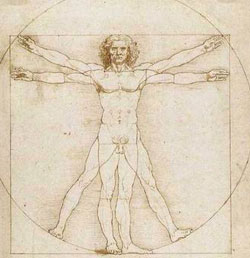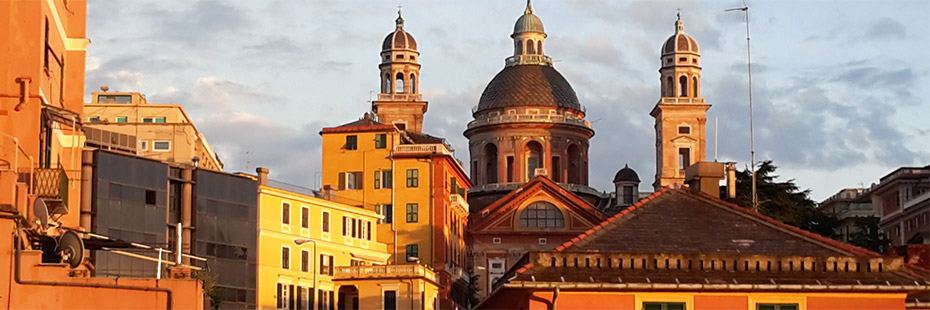
Prendersi cura
Taking care
Grazie di cuore per la partecipazione!
Thank you so much for your participation!

Spesso i nostri ragazzi crescono fra velocità e confusione.
Troppe cose da fare e da vedere. Videogames, TV, Internet, FB, pressione sociale...
Oftentimes our students grow between speed and confusion.
Too many things to do and to watch.
Videogames, TV, the Internet, FB, social pressure...

In molti casi crescono senza il tempo di formulare un pensiero critico. Non osservano.
In many cases they grow up without the time to develop critical thinking. They don't observe.

In alcuni casi vivono in situazioni limite, difficili per loro da gestire.
In some cases they live borderline situations, hard to manage for them.

In alcuni casi ciò che percepiscono della vita (e della cultura italiana) sono situazioni molto superficiali.
In many case what they perceive about life (and about Italian culture) are very superficial situations.

Per un insegnante, il 'lavoro di educare' non è sempre facile.
For a teacher, the 'job of educating' is not always easy.

Ritratto di dama
(1490–1495)
di Leonardo da Vinci
"Dear Teacher of Italian,
Through my teaching experience, I have realized that many high school students are not accustomed to think critically.
Last year, I decided to create a language course to help my students develop their questioning, probing, analysing, evaluating, and grow as human beings.
I wanted to find an answer to the following questions:
1. How can I extract and include the most important values of Italian culture, language, art, creativity and Humanism into a well designed and interesting language course?
2. How can I have students apply their creativity and insight during the course?
The Critical Thinking Program was born. An intensive and life touching experience that develops through the analysis of some Renaissance masterworks, humanistic milestones, and other aspects of the Italian culture: how they are related to ourselves, how they can inspire us, how we can apply their brilliant insight to our daily life.
Discussing the session, reviewing the paintings and doing the suggested activities will be very interesting and fun for the students and for the teacher. Buon lavoro!"
Maura Garau - CyberItalian Founder and Head Teacher

Fontana a Piazza Navona, Roma
Qualche volta l'incontro con l'arte, la cultura e la lingua italiana può non essere facile per i ragazzi.
The encounter with Italian art, culture and language may not be that easy for students.

L'incontro con l'arte, la cultura e la lingua italiana dovrebbe essere
liberatorio e permettere ai ragazzi di esprimere il loro meglio.
The encounter with Italian art, culture and language should be
liberating and allow students to express their best.

I programmi e corsi di lingua di CyberItalian incoraggiano la scoperta dei valori umanistici.
Con CyberItalian gli studenti imparano la lingua e la cultura italiana,
ma
sperimentano anche alcuni importanti valori umanistici.
CyberItalian programs and courses encourage the discovery of humanistic values.
With CyberItalian students learn the
Italian language and culture,
but they also experience some important humanistic concepts.

Nel programma di Sviluppo del Pensiero Critico non c'è giusto o sbagliato: i ragazzi possono esprimere liberamente la loro opinione, ma devono rispondere alle domande in maniera completa. Sono liberi all'interno di una struttura specifica.
In the Critical Thinking Program there is not a right or wrong: students can freely express their opinion, but they have to reply in a complete way to all questions. They are free, within a specific structure.
 |
Session 1 - Meaning and use of portraits during the Renaissance. Selection of portraits by different artists. Your presentation. How to start the creative process. |
 |
Session 2 - The Annunciation - works by different artists. Concept of individuality. The individual versus society. Our own limits and borders. Automatic reactions in front of unexpected news. |
 |
Session 3 - How to observe a work of art. The work of Michelangelo. Nourishing ourselves versus eating. |
 |
Session 4 - Italian brain drain. The work of Leonardo. Alignment between actions and values. Our deepest internal values and actions. Making the right choices. |
 |
Session 5 - Raffaello. Balance in the work of art. Balance in our life. |
 |
Session 6 - Tiziano and Botticelli. Sacred and profane love. Freedom to let emotions "circulate". Protection. |
 |
Session 7 - Caravaggio. The rage and the ability to choose. |
 |
Session 8 - Meaning and use of self-portrait during the Renaissance. Your true self. Selection of self-portraits and works by different artists. How do artist know when a work of art is over? |

Ho preparato per voi una pagina web in cui inseririe il vostro email e ricevere accesso gratuito alla sessione 1
del Programma di Sviluppo del Pensiero Critico (la sessione che vedremo adesso insieme).
Vi incoraggio a condividere questa sessione in classe con i vostri studenti,
a discutere, rispondere alle domande e dare ai ragazzi il tempo di completare il compito :-)
I have prepared for you a web-page where you can enter your email and receive free access to session 1
of the Critical Thinking Program (the session we'll watch together right now).
I encourage you to share this session in class with your students,
discuss it, reply to questions and give them time to complete the assignment :-)
 |
Session 1 - Meaning and use of portraits during the Renaissance. Selection of portraits by different artists. Your presentation. How to start the creative process. |
By the way: The Renaissance Portrait from Donatello to Bellini
is currently on view at The Metropolitan Museum of Art.
(I absolutely recommend to see it!)
|
|
This is an introduction to Italian language and culture and to critical thinking. |
 8 Session Abbreviated Recovery Courses 8 Session Abbreviated Recovery Courses |
This program is for students who need to reinforce their knowlegde of the language (beginner, intermediate or advanced.)
Students complete: 8 online asynchronous sessions. 4 audio lessons with Pronunciation Guides and Voice Recorder and send their recording to the teacher. 2 special assignments (to be corrected by the teacher). 6 self-administered lessons with automatic corrections to exercises and exams.
It includes also an online progress report for each student, a Class Forum, a Final Exam, Ask-the-Prof service, Pronunciation Guides, Voice recording System. |
 6 + 6 Session Intensive Course 6 + 6 Session Intensive Course |
This is a two semester intensive program (beginner, intermediate or advanced).
Students complete: 12 online asynchronous sessions. 15 or more audio lessons with Pronunciation Guides and Voice Recorder and send their recording to the teacher. 10 special assignments to be corrected by the teacher. 12 self-administered lessons with automatic corrections to exercises and exams.
It includes also an online progress report for each student, a Class Forum, a Final Exam, Ask-the-Prof service, Pronunciation Guides, Voice recording System. |
 Self-Administered lessons Self-Administered lessons |
Access to self-administered CyberItalian lessons (12 beginner, 12 intermediate and 12 advanced) with exercises, exams, personalized progress report, fun-learning activities, pronunciation guides, and voice recording system. |
 |
Recovery Course, Beginner 1 (Italian I) - Lesson 1 |
 |
Intensive Course, Beginner 1 (Italian I) - Lesson 1 |
 |
Beginner 1 (Italian I) - Lesson 1 |

Il supporto di CyberItalian e un training dedicato e personalizzato per gli insegnanti della scuola
è incluso nei corsi e disponibile via Skype, email o telefono.
CyberItalian support and personal dedicated training for school teachers
is included in the courses and available via Skype, email or phone.







